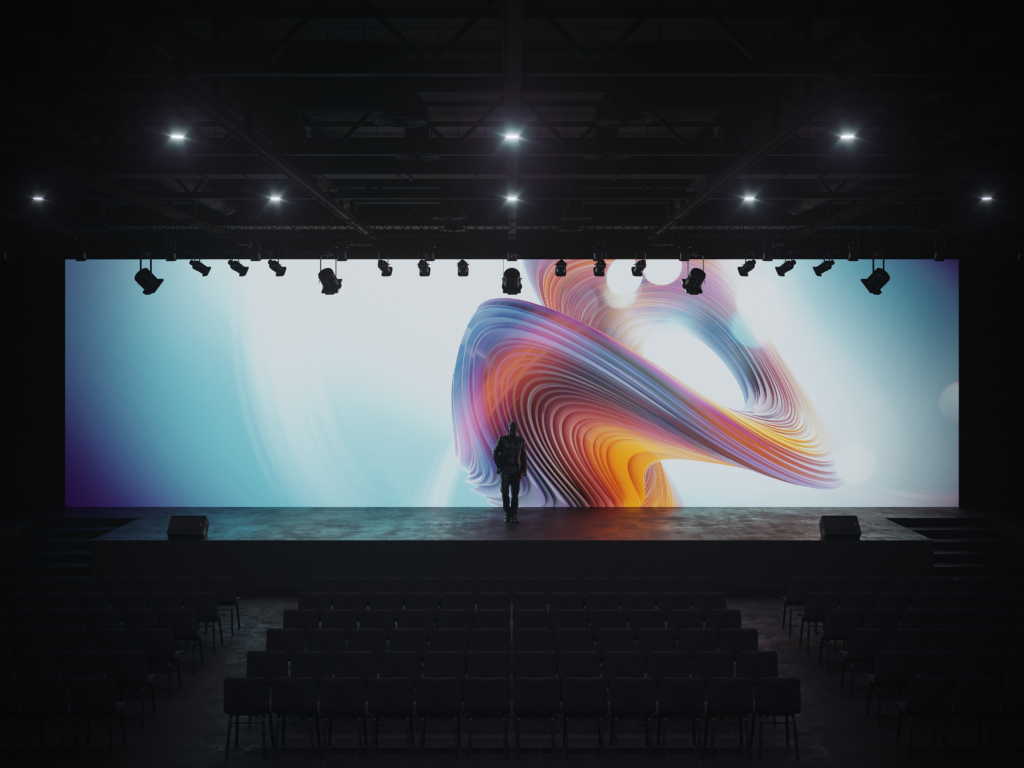Enhancing Visual Effect Through Tactical Material Scheduling in Light Emitting Diode Wall Execution
Wiki Article
Enhancing visual effect throughout light-emitting diode screen performances requires meticulous preparation plus tactical visual timing. Light-emitting diode screens represent powerful tools for visual storytelling, often used in concerts, events, and presentations. The efficacy of these screens relies not only just upon the caliber of the images yet additionally upon the manner plus timing they are shown. By comprehending the viewers' attention span plus the rhythm of the occasion, organizers can craft a more captivating encounter that enthralls viewers plus improves the total performance.
One key element of tactical visual timing is scheduling. It is vital to align the visuals with the rhythm and pace of the performance. For instance, during a musical show, images should complement the beat and mood of the music. This synchronization helps to forge a unified experience that draws the audience in. Additionally, it is important to take into account the length of each image clip. Short, impactful segments can maintain viewer engagement, while extended images may be suitable for moments of reflection or sentimental bonding. By altering the length and vigor of the images, event planners can keep the viewers interested during the performance.

Another crucial element is the content itself. The visuals shown on the LED wall should be relevant to the concept of the performance. This pertinence aids to reinforce the message being conveyed plus renders the encounter more unforgettable for the viewers. For example, if the performance is about environmental consciousness, using images that illustrate the environment and animals can enhance the narrative. Furthermore, adding lively features, such as motion graphics or engaging visuals, can add excitement and keep the audience's attention. The appropriate material, shown at the appropriate moment, can considerably enhance the additional resources effect of the show.
Audience engagement is also a crucial consideration in content scheduling. Comprehending the characteristics and tastes of the viewers can inform the choice of visuals. For example, a younger crowd may respond better to vibrant colors and fast-paced animations, while an older audience might appreciate more subtle and sophisticated visuals. By tailoring the content to the audience's interests, event planners can create a more tailored encounter that resonates with viewers. Additionally, adding viewer participation, such as real-time surveys or social interactions, can additionally improve involvement and render the performance more interactive.
Finally, assessing the effectiveness of the visual timing is crucial for upcoming shows. Collecting responses from the audience can provide valuable insights into what worked well and what could be improved. This data can assist event planners improve their approaches and take knowledgeable decisions for upcoming events. By continuously assessing and adapting the visual scheduling approach, event planners can amplify the visual impact of LED wall performances and create unforgettable experiences for their audiences.